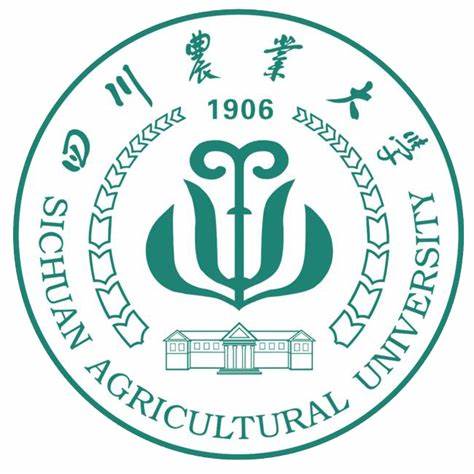Comprehensive Evaluation and Screening of Autumn-Sown Oat (Avena sativa L.) Germplasm in Different Agropastoral Regions
作者: 刁圣轩 审稿人:魏育明 时间: 2025-05-28 点击次数:次
https://www.mdpi.com/2073-4395/15/4/994
Agronomy,2025,15(4), 994
Yongjie Zhang,Xinyue Wu,Qinkun Li,Xiaotian Liang,Yuzhen Zhang,Xingjia Zhang,Xiaolong Dong,Kaiquan Yu,Zilin Zhao,Xiaoling Luo,Ruizhen Yang and Yuanying Peng
Abstract
In light of current global challenges of climate change, the over-exploitation of natural resources, and increasing demand for livestock products, the exploration of excellent forage crop resources holds great potential for development. Therefore, selecting forage crops that are high-yield, high-quality, and have excellent resistance to pests and diseases can greatly promote the development of the livestock industry. Oat (Avena sativaL.), a dual-purpose crop for grain and forage, plays a vital role in the development of animal husbandry. Autumn-sown oats have a significantly longer growth cycle than spring-sown oats, ensuring a year-round forage supply and achieving higher yields. The agropastoral transitional zone in southwest China is a key region for autumn-sown oats, but the systematic evaluation of oat germplasm there is still limited. Therefore, we conducted a two-growing-season (2022–2024) field experiment across four locations to evaluate nine oat genotypes for growth phenotypes, forage productivity, and nutritional quality through 11 agronomic traits and nutritional parameters during the filling stage (Zadok’s 75). The results revealed the following: (1) agronomic performance: dry matter yield (DMY) ranged from 10.72 to 14.58 t/ha, with line ‘WC109’ achieving the highest DMY (14.58 t/ha) and crude protein (CP, 9.66%); (2) nutritional quality: CP exhibited a significant negative correlation with fiber content (NDF: r = −0.72,p< 0.01; ADF: r = −0.68,p< 0.01), highlighting a yield–quality trade-off; ‘WC109’ demonstrated superior forage value, with the highest relative forage quality (RFQ: 115.45) and grading index (GI: 19.30); (3) environmental adaptation: location-specific climatic conditions significantly influenced productivity, with Wenjiang (WJ) showing optimal performance due to favorable temperature and precipitation. These results position ‘WC109’ as a promising candidate for autumn-sown cultivation in southwest China, addressing winter forage shortages while enhancing livestock nutrition. Our findings further elucidate the mechanisms linking yield and feeding value to growth performance indicators, providing references for trait-based measures to enhance forage oat productivity and quality.
Keywords:
oat;autumn-sown;forage quality;agropastoral systems;germplasm evaluation


